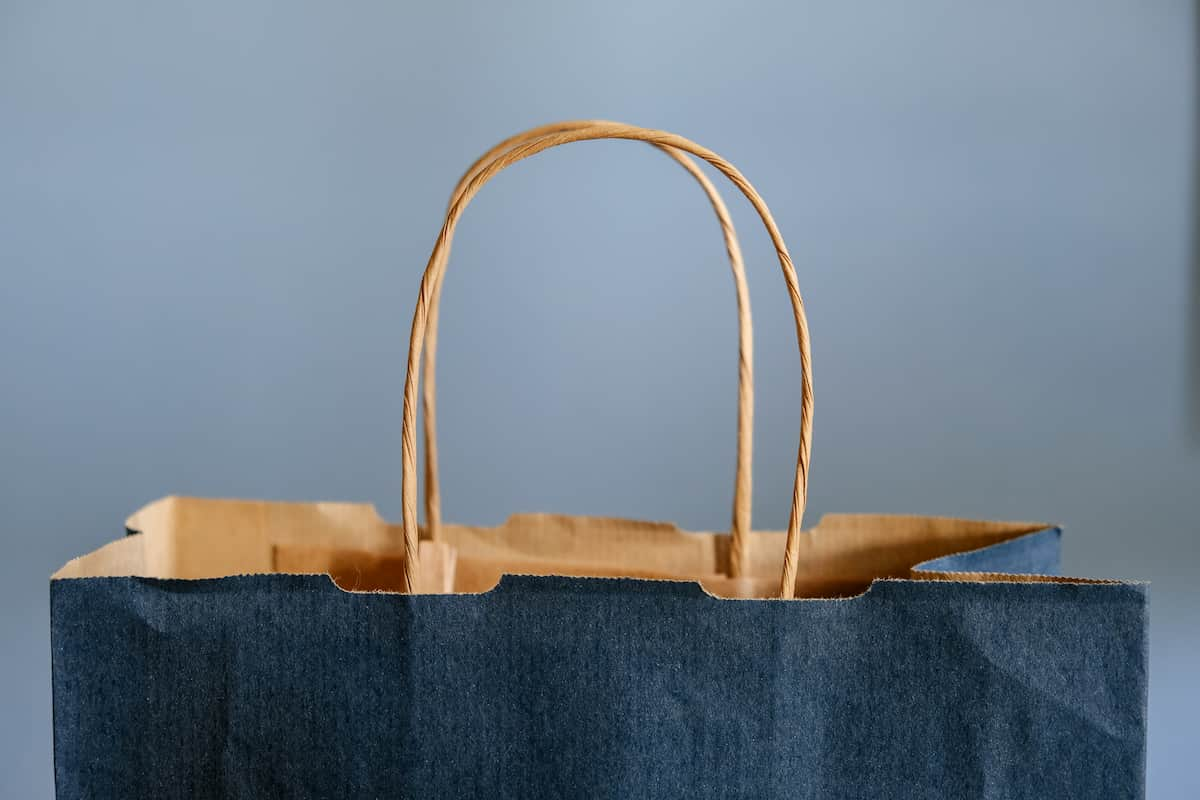
Buy Now, Pay Later (BNPL) applications continue to rise in popularity due to the various advantages they offer. In the United States, the applications have significantly grown this year, mainly due to the economic crisis resulting from Covid-19.
Data presented by Stock Apps indicates that BNPL apps in the U.S. have recorded 8.43 million downloads on a year to date basis. As of September 2020, the applications had been downloaded about 1.4 million times, the year’s highest record.
The research also overviewed the BNPL apps’ growth, on a year over year basis. In September last year, the apps had been downloaded 650,000 times, while during a similar period this year, the figure stood at 1.4 million, representing a growth of 115.38%.
Pandemic, delay in stimulus package spur BNPL apps growth
The buy now, pay later apps enables customers to purchase goods with payment plans segmented into installments. The apps have been on the rise this year as the coronavirus took a toll on the economy. Most people lost their jobs as different states imposed lockdowns to contain the virus. Due to the pandemic, consumer spending dropped. Essentially, as the economic uncertainty grew, many consumers were more comfortable buying a variety of essential items that had the option to make smaller payments over time without adding to their credit card debt.
From the data, the applications recorded a decline on a month-over-month basis between March and April. The decline can be linked to the Federal government’s stimulus packages to cushion businesses and individuals from the pandemic’s adverse effects.
Once the pandemic kicked in, most businesses and app developers were forced to adapt and leverage on the health crisis. Most importantly, apps in the category of food, drinks, and shopping had some of the highest downloads as the items were considered essential during the pandemic. Other categories that saw an increase include delivery options and discounts on apparel and other goods. Although the U.S. economy is showing some signs of recovery, consumers are still adapting through strategic budgeting, and the apps might continue to record more downloads.
Historically, the app downloads usually soar as the holiday season approaches. However, this year, the rise recorded between August and September can be linked to the Federal government’s delay in issuing the second stimulus package. The Congress and White House are yet to agree on the package. With the packages likely to come after the elections, the downloads are set to rise.
BNPL apps to soars ahead of changing holiday trends
Most holiday shopping patterns usually change, with most Buy Now, Pay Later app developers capitalizing on the trends. Most brands usually roll out massive discounts to attract millennials and Gen Z, who are known for spree shopping. For example, Afterpay launched a BNPL application early this month to profit from the holiday shopping trends.
Even before the pandemic, BNPL apps were already witnessing strong growth as consumers continue to embrace alternative payment methods. The rise in downloads comes when customer preferences continue to transform with market changes. Retailers who embrace shifting expectations have the highest chances to reap the rewards in increased sales and new customer conversions.
In general, the rise in the BNPL apps might threaten the use of credit cards. Customers are largely becoming cautious with credit card purchases due to balances accruing interest; hence they opt for BNPL. Most people are also shunning credit cards due to annual fees and confusing terms of service. With millennials growing up in the shadow of the 2008 financial crisis, they are likely to keep driving the adoption of BNPL apps.
BNPL options are also rising in popularity as they are simple and flexible payment solutions. This capability suits most consumers’ financial situations without forcing them into one-sided credit agreements. Most retailers have also been rolling out BNPL apps for better customer experience, increased sales, and achieving customer loyalty.

